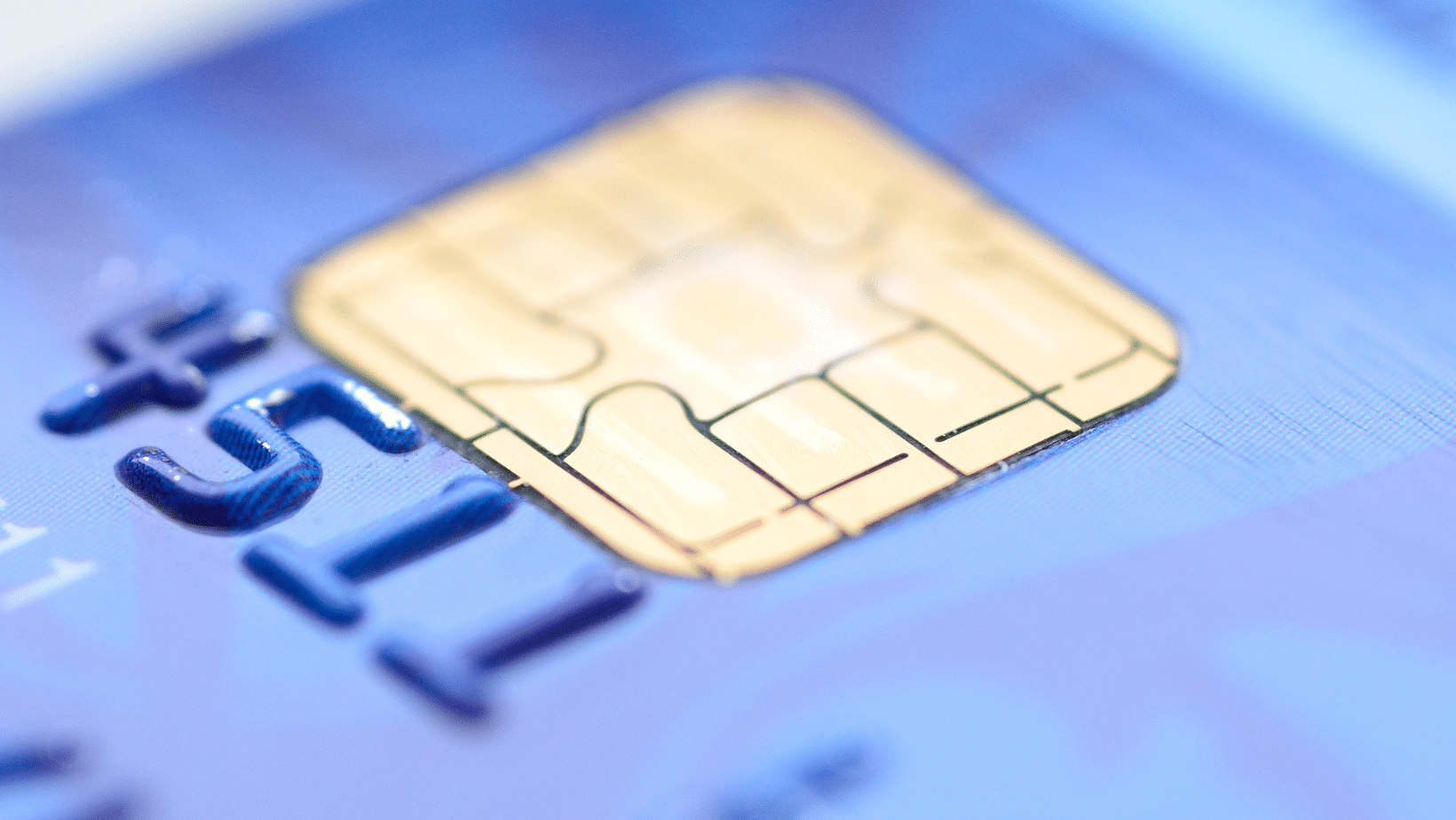
Last week, Sam’s Club announced that it will feature EMV chip security technology in its store credit card. It claims to be the first major American retailer to make the switch to EMV, and the decision is a major step forward for a technology that has taken hold in much of the world while seeing little adoption in the United States.
If you’re not familiar with EMV and what it might mean in the USA, here’s a quick rundown.
What is EMV?
EMV chips are microprocessor chips embedded within payment cards and designed to replace the familiar magnetic stripe where cardholder data and account information is stored. Depending on the setup, transactions occur using the card plus either a code or signature. These two basic arrangements are called chip-and-PIN and chip-and-signature.
Why the change?
The effort to move to EMV technology, which is poised to become the global standard for POS and ATM sales, is steered by the world’s major payment card companies (EMV stands for Europay, MasterCard, and Visa). The primary argument for a move from magnetic stripes to chips is security of in-person transactions. EMV chips uniquely encode the transaction information each time the card is used, which makes it harder for criminals to skim cards for useful data at the time of purchase. In contrast, magnetic stripes contain and provide the same information each time they are used. This means that magnetic cards can be cloned, whereas EMV cards are extremely difficult to copy. If a PIN is required along with the EMV card, the user would have to have both the card and the PIN in order to successfully carry out a fraudulent transaction.
Is it really more secure?
For in-person transactions? Absolutely. Data on security is a little bit muddy because countries have adopted the technology at different rates, which has led to some new kinds of fraud as retailers juggled multiple types of payment cards. This was particularly true in Europe, where cardholders are more likely to travel among countries, potentially going from chip-and-PIN to traditional and back again. However, even with those caveats, it is clear that fraudulent in-person transactions are way down in EMV-based payment networks. For example, losses from counterfeit cards in the UK decreased by over 63% from 2004 to 2010, according to a study by the Federal Reserve Bank of Atlanta. Losses from lost or stolen cards declined 61% in the same time frame. The study states similar results from other countries; there is some mixed data out there, but EMV has dramatically decreased fraud in face-to-face transactions.
When will EMV become the norm in the US?
Surprisingly soon. EMV is the technology of choice in many developed countries, but it is nearly non-existent in the United States, in large part because fraud rates for in-person transactions were too low to justify the changeover. However, risk from credit card fraud is up in the United States – to a reported 10 cents out of every $100 transacted from 2007 to 2014 – which makes the switch more important. Aite Group, a research and consulting agency based in Boston, estimates that 70% of US-issued credit cards will be EMV-enabled by October of next year. Combined with Aite Group’s estimate that 41% of debit cards will have changed over to EMV technology by then, that means 1.1 billion cards will be transitioned in the next sixteen months. Pressuring the change are the card issuers, who have said that merchants will bear greater responsibility for fraudulent in-person card transactions in their stores after that time if they do not have EMV infrastructure in place.
What does this mean for me?
The most important question! As with any new technology, things can change quickly, but what it likely means is:
- A new credit card, soon.
- Less risk of your credit card data being stolen during, or fraudulently used for, in-person transactions. It will be far more difficult to skim cards for information or duplicate cards.
- Higher risk of fraud in card-not-present transactions. Online purchasing in EMV-based countries has typically seen fraud increase as chip-and-PIN adoption grows. One common theory is that the same fraudsters will migrate from an old hustle – duplicating cards – to a new one as the old fraud becomes more challenging. While consumers will hopefully avoid scams and theft, we may see new types of online security and new types of rackets as our in-person transactions get more secure.
- An easier time traveling abroad. ARCA’s Executive Vice President, Kirk Nelson, recently had a transaction rejected at a train station kiosk in Germany because his antiquated magnetic-stripe card wouldn’t work in the kiosk’s EMV card reader. He had to run to an ATM to get cash, then come back and use the cash to buy his ticket. While the transition in the United States will likely be gradual enough that consumers will not have issues using either style of card for years, your shiny new EMV card will have you ready to go in other parts of the world.

